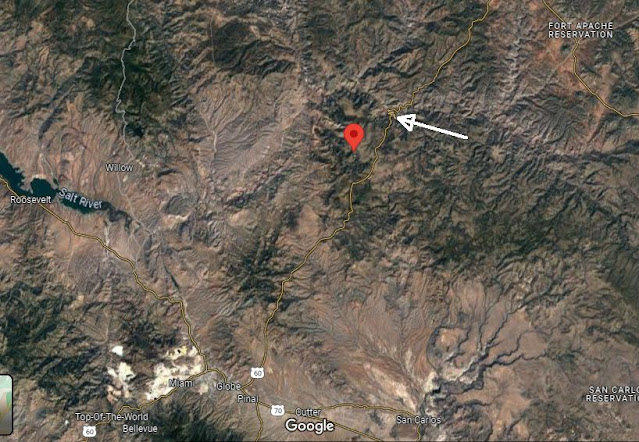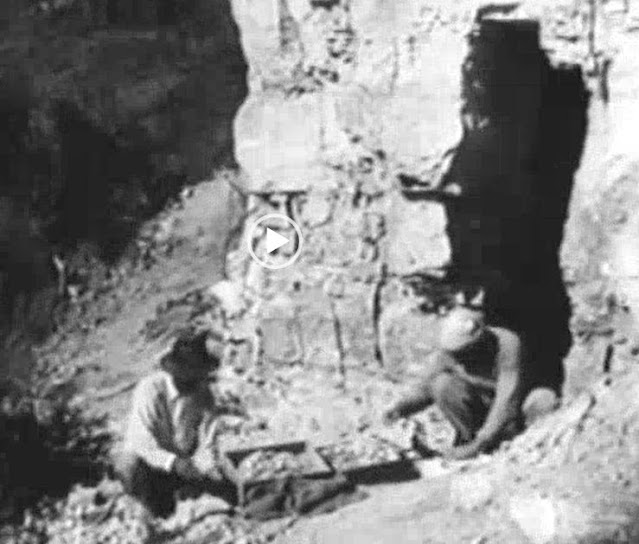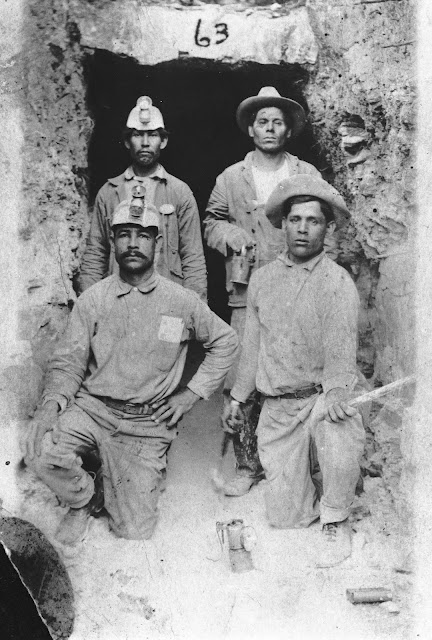Chrysotile Asbestos

An ancient, intercontinental slip and slide set the stage for Gila County's abundant chrysotile asbestos deposits. By the time the amalgamation of the Rodinia Supercontinent got it's gig a goin' on, pieces of modern-day Africa and So. America were attached to the eastern seaboard! Now we're talkin' EARLY in Earth's history! The diabase intrusions that eventually became ginormous sills in the billion-year-old Apache Group rocks started out as as paper-thin pulses that radiated their entire length slowly, then swelled and fattened in place. And while all that diabase swelling and fattening was taking place, it just so happened to be slow cooking the heck out of the adjacent Mescal Limestone. VOILA! Asbestos was born! While the wildly rich Porphyry copper deposits get all the headlines, the persistent diabase sills created yet another profitable mining industry in Gila County. Asbestos set prospectors hearts aflutter beginning about...






